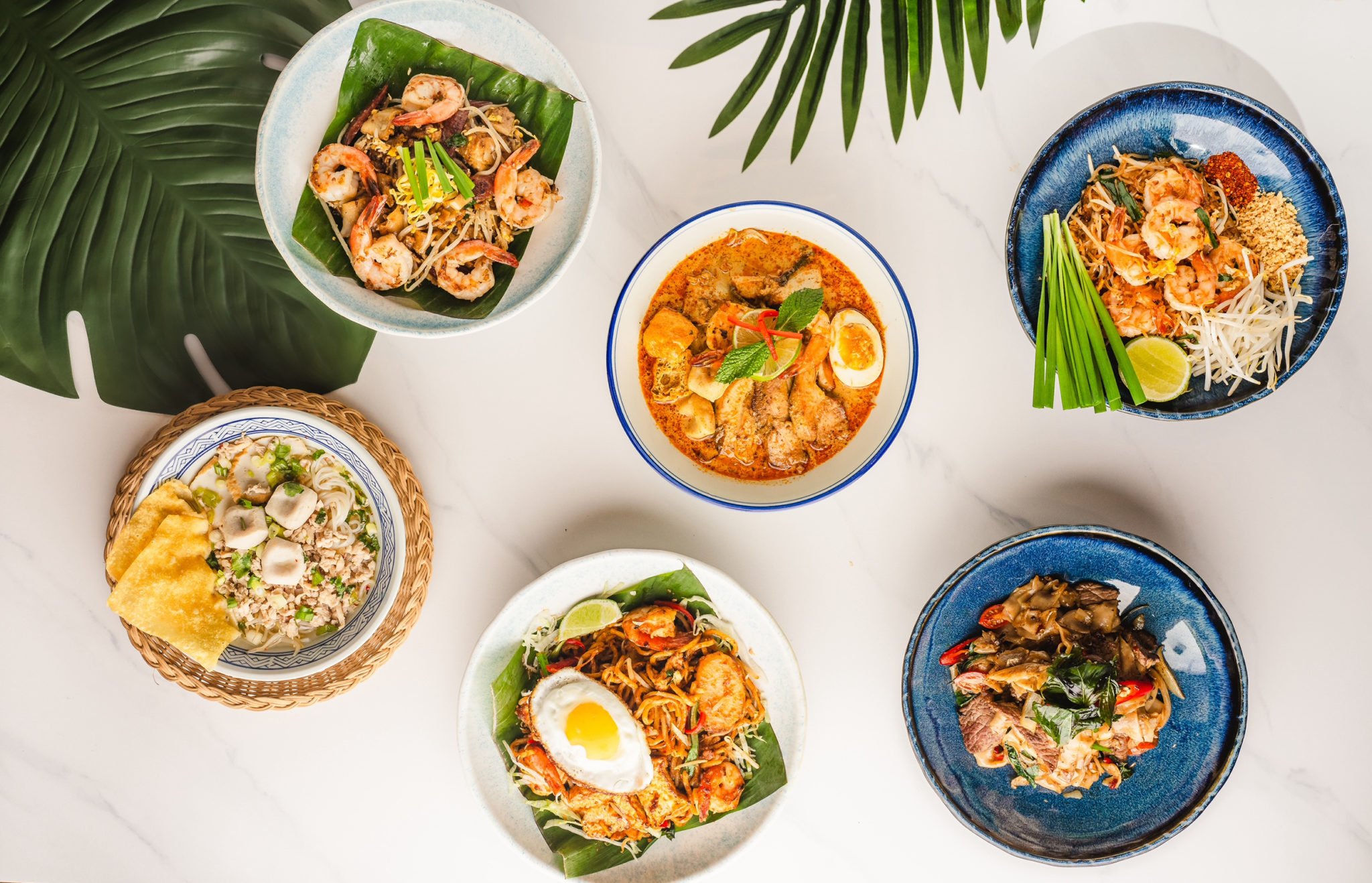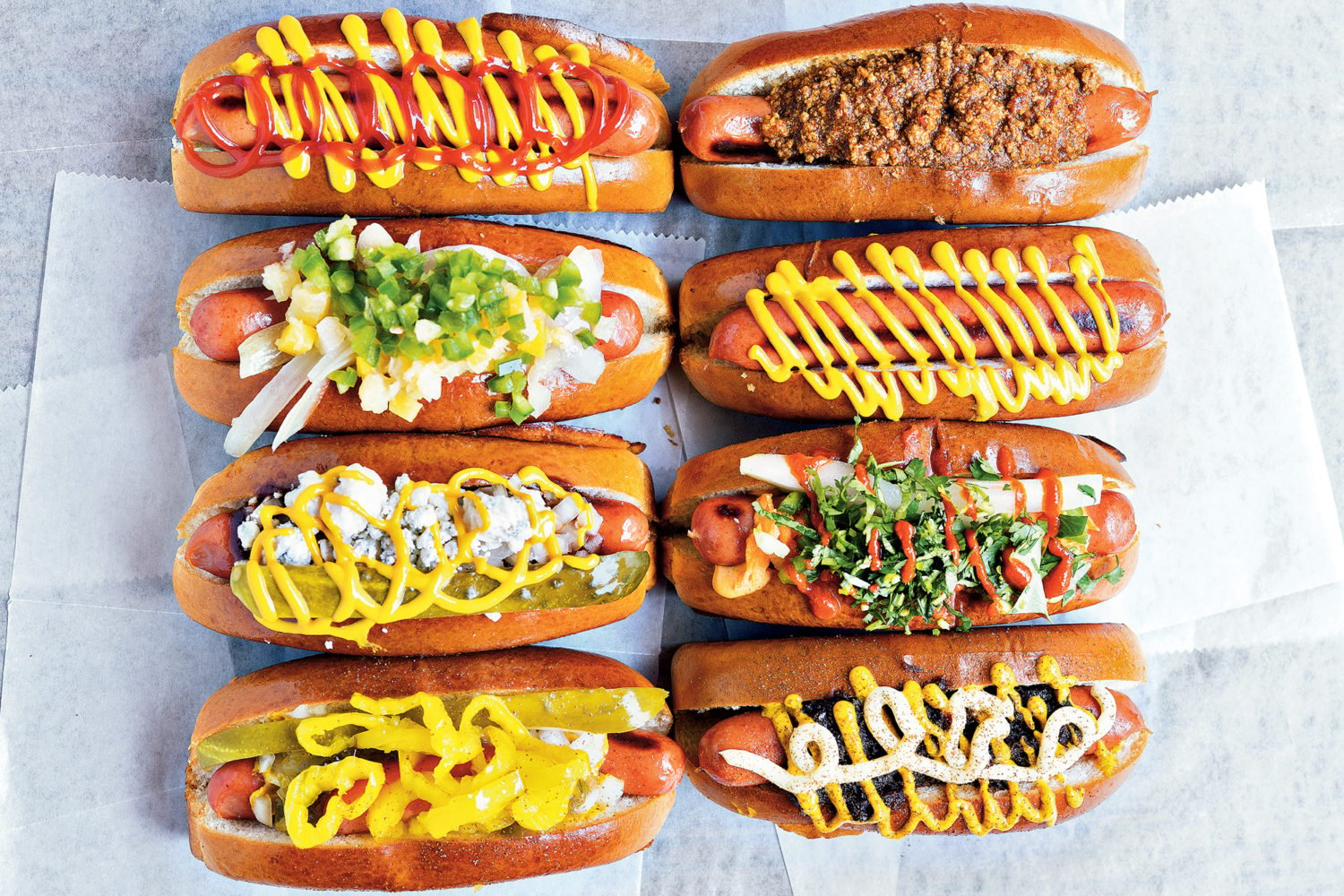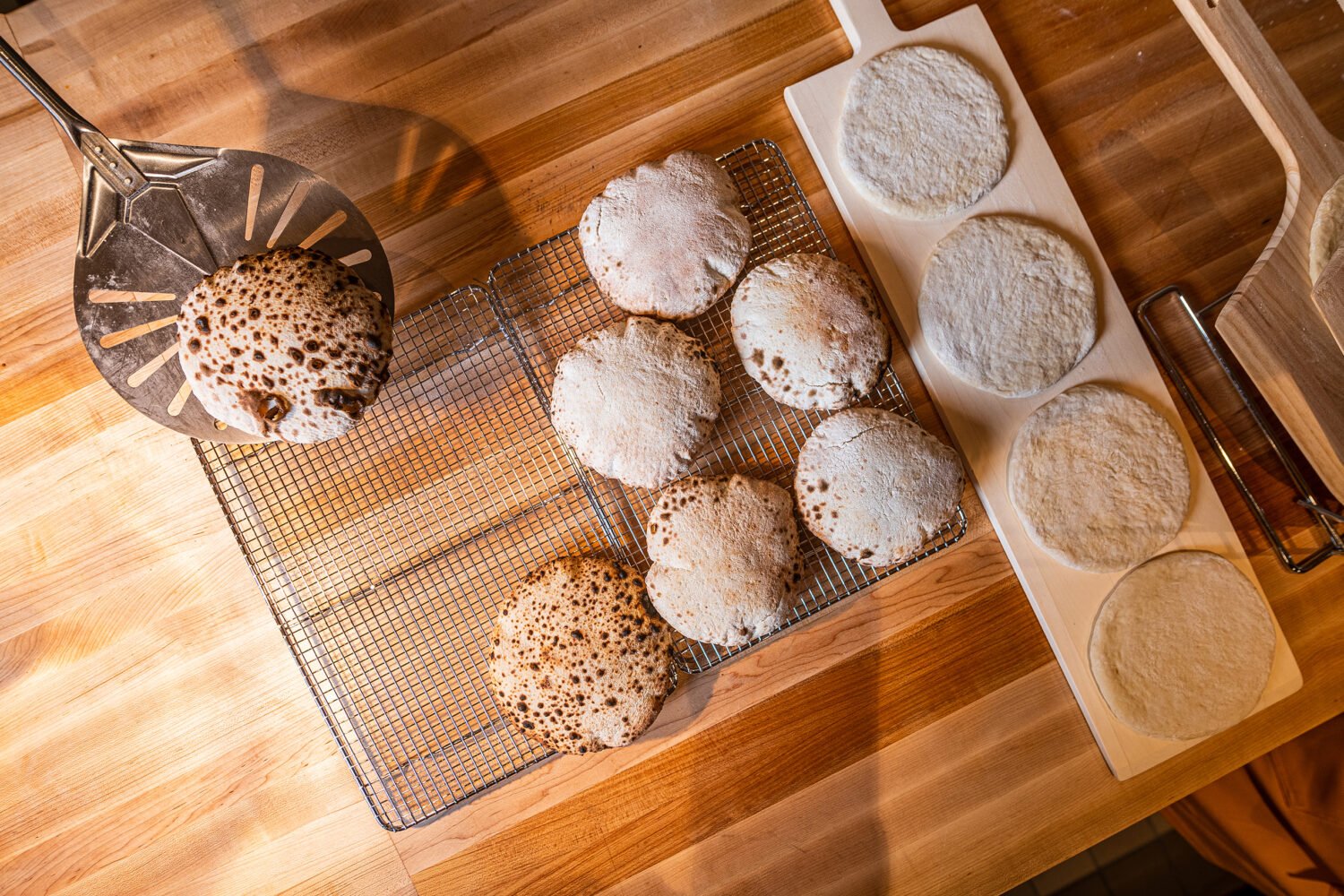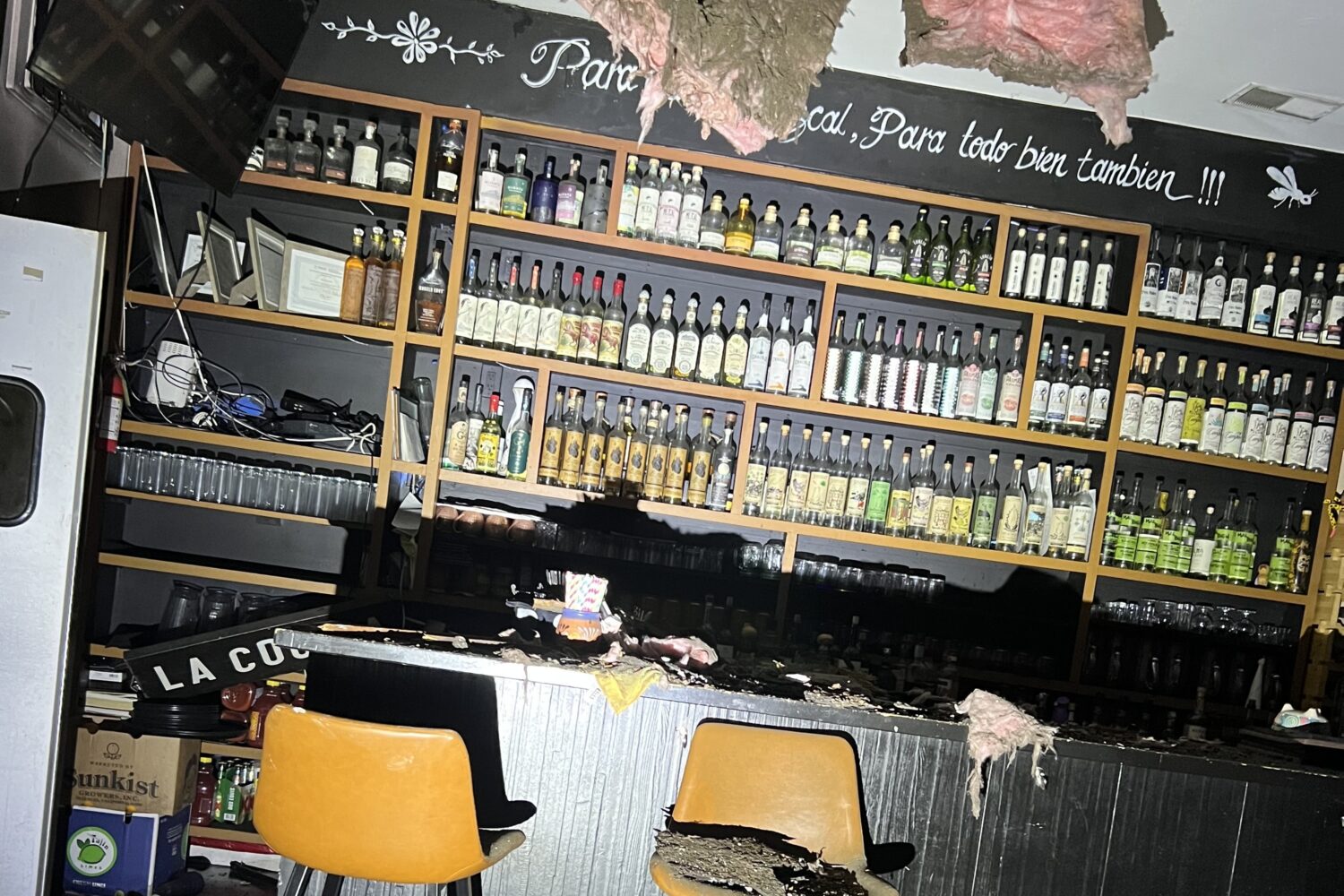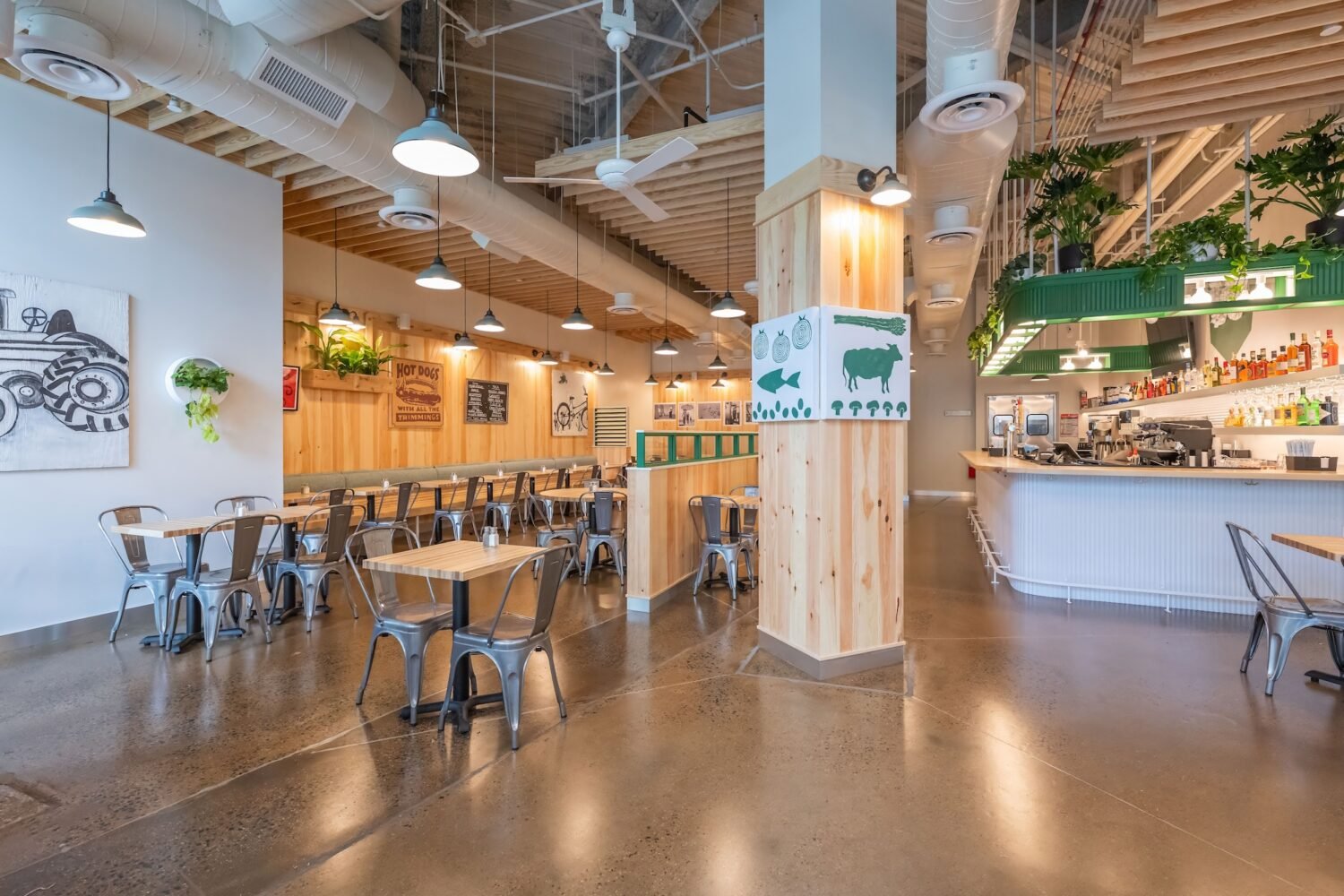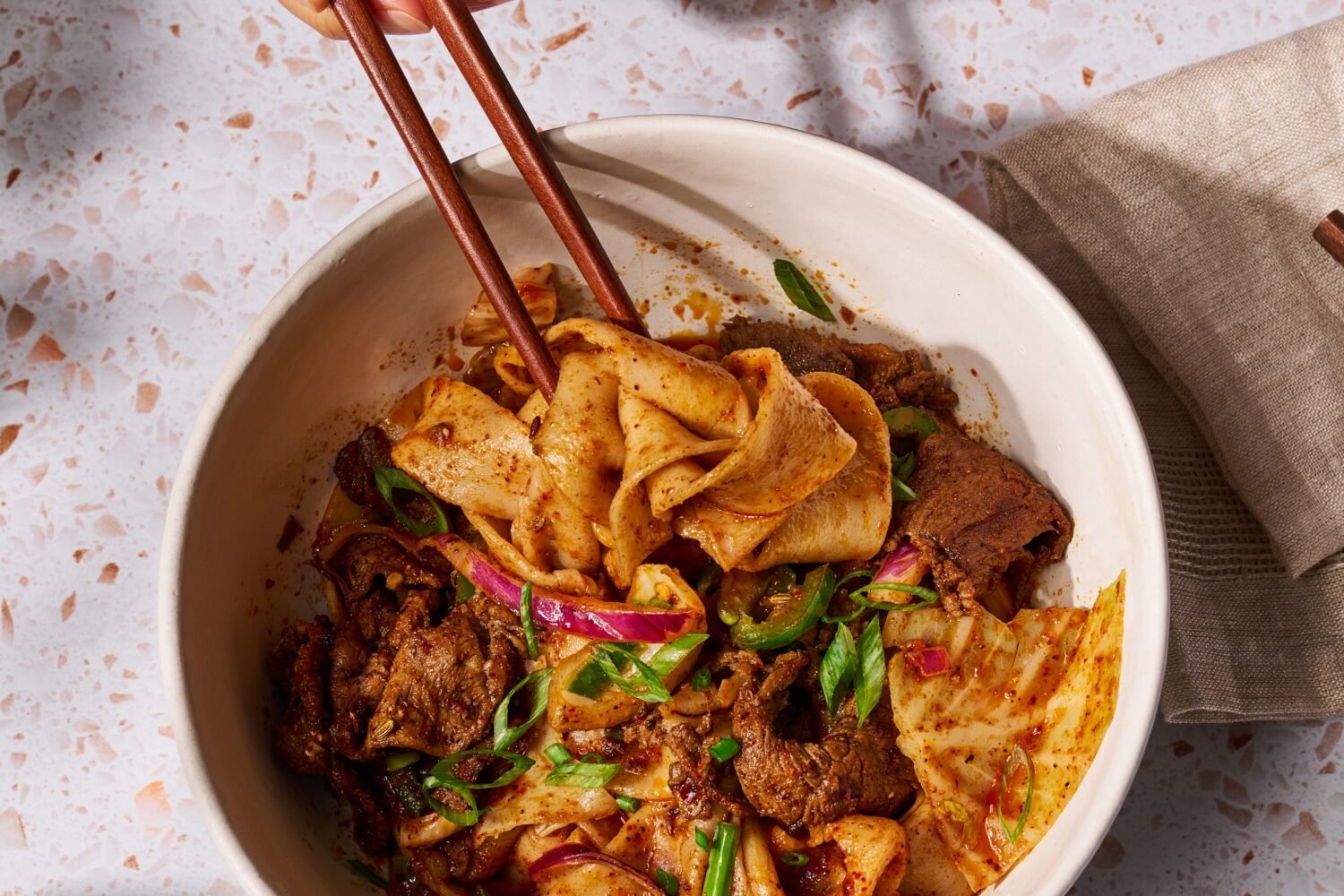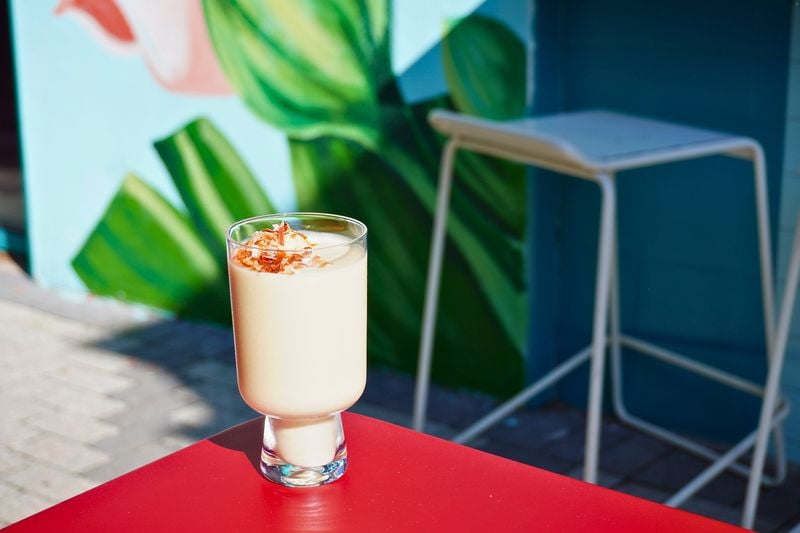About Restaurant Openings Around DC
A guide to the newest places to eat and drink.
Southeast Impression, 9530 Fairfax Blvd., Fairfax.
Ivea Restaurant Group knows how to jump on a trend in Asian dining—and nail it. In 2017, partners Edward Wong, Gary Ngo, and Vivian Zhu, all Hong Kong natives, capitalized on the fast-casual poke boom with their first restaurant, Poki DC in Chinatown. Since then, they’ve expanded rapidly, launching Urban Hot Pot (the first local conveyor-belt hot-pot place) and Okaeri (where Instagrammers head for fluffy Japanese pancakes), along with dozens of other venues for mochi doughnuts, shabu shabu, ramen, and more in heavily Asian suburbs such as Rockville and Centreville.
But to develop the concept for Southeast Impression—an elegant, tropical-themed dining room that Ngo and Wong opened in a new Fairfax development this past November—the pair didn’t obsess over market trends. They just listened to their own back-of-house staff.
“A couple of the chefs that had already been working for us were actually Malaysian or Thai,” Ngo says. “They’d cooked their own cuisines in Malaysia and Singapore as professionals, so we wanted to open something on the authentic side, not the Americanized side.”
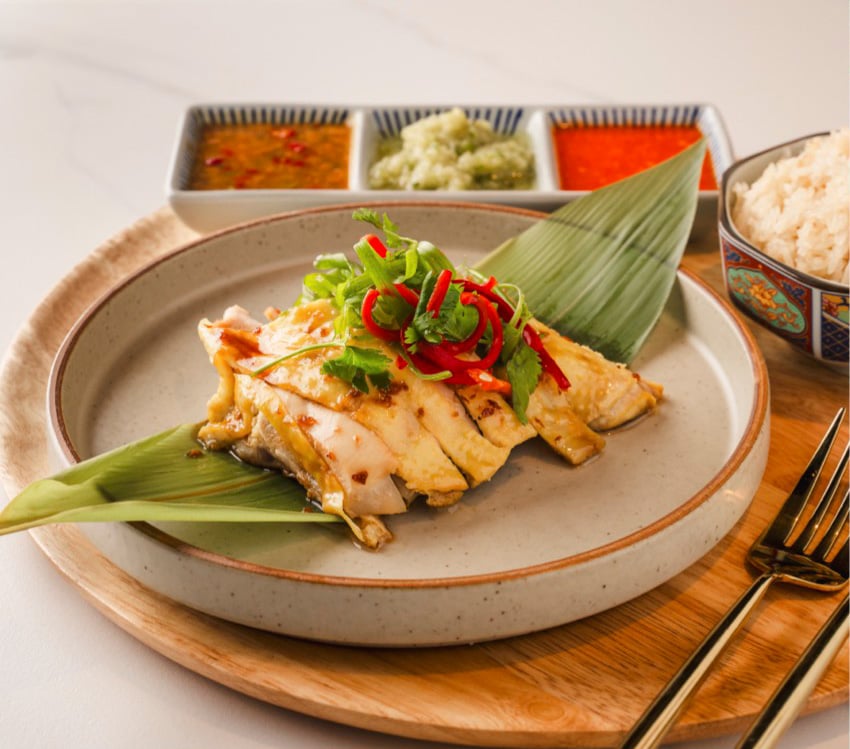
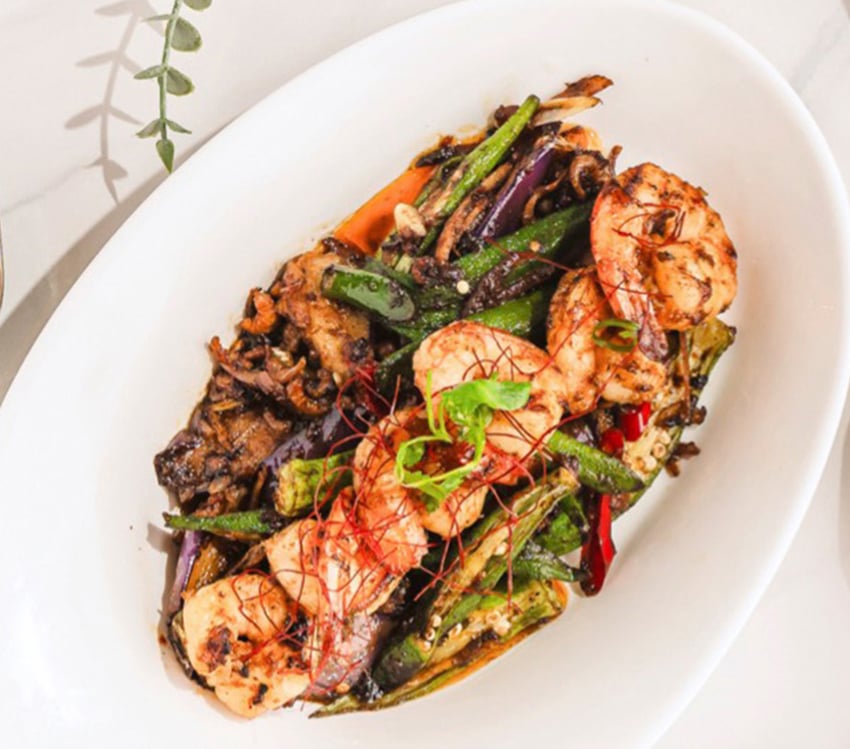
Though Southeast Impression serves multiple Southeast Asian cuisines, chefs Michael Foo, Toh Hon Pin, and Arom Saduakdee aren’t fusing anything here. They’re cooking Malaysian, Thai, and Singaporean traditional dishes separately, demarcated with tiny flags on the lushly illustrated menu. But all of those cuisines show years of influence on one another.
Singaporean cooking has been in short supply in Washington, especially since chef Pepe Moncayo’s Jiwa Singapura shuttered in December, after less than a year in Tysons. Here, Southeast Impression’s mighty Singapore-style chili crab with fried buns is one distinctive dish. Still, the tiny nation’s cuisine can be hard to pin down, as it’s the product of years of mixing among Peranakan, Tamil, and Malay cultures.
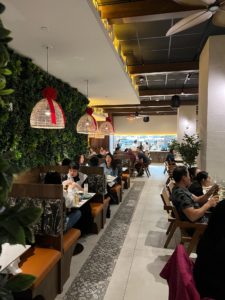
The kitchen’s Malay-style dishes shine especially bright: flaky roti canai, with a curry-leaf-accented dip, that traces its roots to Tamil Nadu; a funky sambal stir-fry with shrimp and crisp okra; and the Malay classic nasi lemak, a platter of coconut-enriched rice surrounded by slow-cooked beef rendang, fiery sambal, boiled egg, and crunchy cucumbers, anchovies, and peanuts. Gently poached Hainanese chicken rice—versions of which are eaten from mainland China to Thailand to Singapore—is a good bet here, too.
“We worried that maybe it would be so authentic that Americans and other Asian people wouldn’t come,” Ngo says. “But a lot of Malaysian people live in the area, and they say it tastes like home.”
This article appears in the April 2024 issue of Washingtonian.

